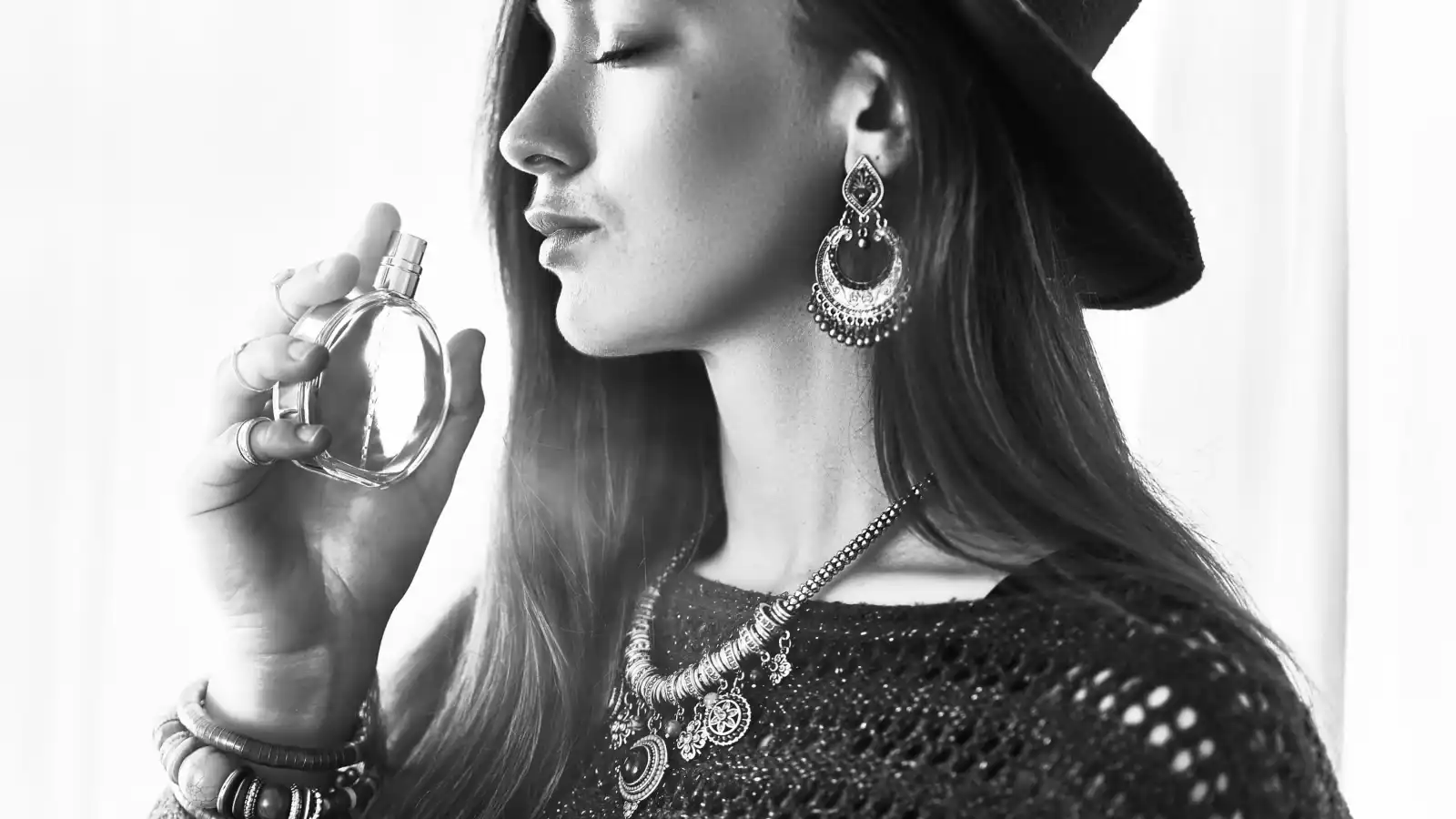Copyright Rolling Stone

We often think of scent as ephemeral — something we wear, experience, then lose within hours. But for many, it’s far more than that. Scent remembers. It carries identity. It bridges continents and time. For those of us who move — immigrants, exiles, diaspora communities — scent is a fragile strand connecting past and present: the perfume a mother wore, the flowers in a childhood courtyard, a spice in a marketplace. It is invisible geography, memory encoded in molecules. The Invisible Map of Memory Walking into a room, breathing in a familiar aroma, we don’t just smell — we land in a place we thought was far behind us. That power shapes how identity is built, preserved and sometimes contested. I’ve watched visitors to my collection press their noses against bottles, close their eyes and whisper: “I haven’t smelled that in thirty years.” In that moment, the bottle isn’t a relic. It’s a time machine. It holds a home they carry inside. The Fragrance of Belonging In a globalized world, brands chase expansion and universality. But love is local. And memory is particular. The scents of legacy houses — Guerlain, Chanel, Caron, Lanvin — don’t just sell fragrance. They sell belonging. These brands have created olfactive signatures that remain stitched into cultural memory across generations. And then there’s L’Air du Temps by Nina Ricci — a perfume that doesn’t shout, but whispers. A bottle that traveled through generations like a family heirloom. In many immigrant households, it was the fragrance of mothers and grandmothers — a soft halo of identity in an unfamiliar world. These aren’t just perfumes. They are reminders. They say, “I was here. I loved. I mattered.” Scent as Cultural Resistance As culture becomes filtered through algorithms, fast fashion and global trends, preserving regional scent traditions feels radical. That act itself becomes resistance. The Rolling Stone Culture Council is an invitation-only community for Influencers, Innovators and Creatives. Do I qualify? Editor’s picks • Reviving a nearly extinct local perfume tradition • Documenting floral or herbal blends that no longer appear in mass-market lines • Commissioning perfumers to reinterpret ancestral recipes These are acts of caring for intangible culture — declaring that scent, memory and identity aren’t disposable. Four Ways to Build Scent Memory Into Your Creative Work 1. Anchor design in local olfactive narratives. Use raw materials, heritage ingredients and native florals in your scent, packaging or visual storytelling. 2. Invite community voices to smell with you. Incorporate oral histories, perfumer interviews, diaspora stories, scent memories — let the audience co-create. 3. Resist the obvious refresh. Don’t rebrand your scent or bottle yearly. Let it age, let it accumulate history. Imperfection and aging teach memory. 4. Archive the invisible. Photograph, document, scent-capture — record notes, memories, bottles and recipe sketches so that scent’s past isn’t lost. Trending Stories Why This Matters Now Identity is under pressure. In an era of dislocation, shifting borders and cultural erasure, we lose more than language or tradition. We lose taste, scent and memory. When we claim scent as part of identity, we reclaim what it means to belong — not just where, but who. Because a fragrance is more than smell. It’s the geography of memory. And as our world moves faster, that geography may be one of the last places we can anchor ourselves.



